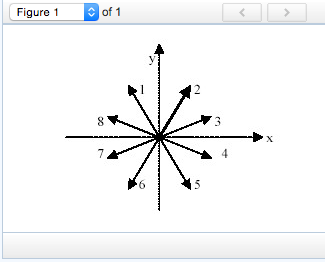PHYSICS 151 Lecture Notes - Lecture 4: Kinematics, Terminal Velocity
61 views2 pages
Document Summary
Delta x = x final x initial delta r = rf-ri. V= deltax / delta t v=delta r / delta t. Avg a= delta v / delta t a=delta v / delta t. Each direction (x or y) is treated independently of each other. X,y components only combined for calculating magnitudes such as speed or distance (with pythagoreom theorem) or for angles. Put origin where you want, but stick with it. X direction: constant velocity motion y-direction: constant acceleration motion. Inclined planes: for this section, we will consider the planes frictionless, neglecting air resistance, and wheels. Has magnitude = gsin(theta) and acts on all objects independent of mass so, with equations of motion for constant acceleration, substituting |a| = gsin(theta) Example: skier going down a hill- how long does it take a skier starting from rest to ski down 500 m at incline 10 degrees.
Get access
Grade+20% off
$8 USD/m$10 USD/m
Billed $96 USD annually

Homework Help
Study Guides
Textbook Solutions
Class Notes
Textbook Notes
Booster Class
40 Verified Answers
Class+
$8 USD/m
Billed $96 USD annually

Homework Help
Study Guides
Textbook Solutions
Class Notes
Textbook Notes
Booster Class
30 Verified Answers








